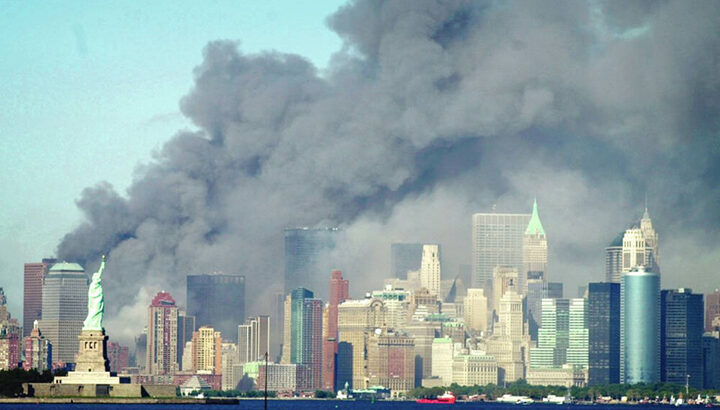The Politics of God: The Rise and Rise of Political Religion
by T. P. O’Mahony, foreword by Dr Mary McAleese (Veritas, €19.00)
T.P. O’Mahony was for many years the excellent Religious Affairs Correspondent for The Irish Press. After its demise, he has continued to comment on religious topics worldwide for many other publications as well as writing several books on aspects of religion.
In his latest book he wrestles with an aspect encountered in his many travels covering papal visits and religious gatherings: how religion and politics nearly always get entangled.
In an irony that he points out himself, the increasing influence of politics on religion (or is it the other way around?) throughout the world is at a time when “indifference to and disengagement from religion grows in Ireland”.
In Ireland north and south, religion and politics used to be hard to separate. Daniel O’Connell knew how to exploit this to win Catholic Emancipation. But that was in the 19th Century. As the 20th Century was ending, secularisation, especially in Europe was the dominant trend. Religion was still around, but it was a dying force.
The Twin Towers
All changed utterly, according to the author, with the attacks on the Twin Towers and the Pentagon on 9/11.The geo-political consequences have been immense.
“There is now a very changed appreciation of religion and its role in world affairs.” This is because of the religious motivation of the attackers, most of whom were of Saudi Arabian origin where the extremist Wahhabi version of the Muslim religion has dominated since the early 18th Century, around the 1740s.
The follow-up invasion of Iraq in 2003 by the US-UK forces led to the collapse of the Sunni regime of Saddam Hussein and the growing influence of the violent extremist movements such as Al-Quaeda, Isis and their African version in Boko Haram. The “rise and rise of political religion” in the 21st Century clearly does not apply to Christianity in the way of the violent versions of these Islamic movements. Some might argue that the Crusades were the Middle Ages equivalent of the Isis attempts to establish a caliphate.
Church and state
The author describes how the Catholic Church and state were hand in glove in most of Europe until the Reformation broke the tie and brought in its version of Protestant state churches as in Britain and the Scandinavian countries. The author would argue, and is supported by Dr McAleese in her introduction, that in Ireland for much of the 20th Century Church and State relations were almost a “theocracy” under the 1937 Constitution. No longer, of course.
This book displays a wide knowledge of contemporary writing on politico-religious issues. It shows how in spite of the declining influence of religion in Europe, it is still a potent force in the politics of the United States. It would have been useful if more space had been given to the current situation there and how the abortion issue is a critical one for politicians.
For those interested in religion and politics, there is much to absorb in this book.


 The flame of liberty still burns above the smoke to September 11 (9/11) attacks
The flame of liberty still burns above the smoke to September 11 (9/11) attacks 